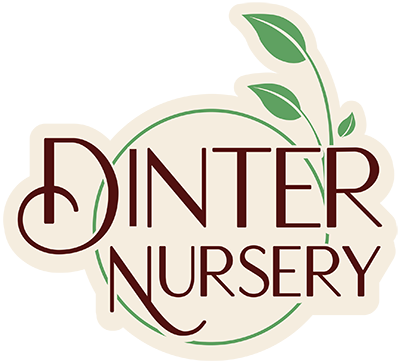The Dirt on Lime
There is a lot of buzz about lime —but what is lime exactly, and what does it have to do with soil acidity?
Soil acidity comes back to the life-giving molecule of water.
When a molecule of water breaks up or ionizes, it splits into a positively charged hydrogen ion (H⁺) and a negatively charged hydroxyl ion (OH⁻). When a solution of water and soil has more hydrogen ions than hydroxyl ions, it is said to be acid. When more hydroxyl ions are present, it is alkaline. The pH scale is used to express the relative numbers of hydrogen and hydroxyl ions; neutral is 7, numbers below that are acid, and higher numbers are alkaline.
Why does soil acidity matter to plants? Soil acidity directly affects plant nutrient uptake. A pH of 6.5-6.8 is ideal for most garden plants, because nutrient availability is highest in that range, heavy metals are less available, and it is the preferred pH for soil microorganisms.
In our climate, heavy winter precipitation showers our soils with H⁺, which displaces positively-charged nutrient cations calcium (Ca²⁺), potassium (K⁺), and magnesium (Mg²⁺) in minerals and compounds. These cations then wash away in the rain, which in turn increases soil acidity. Hydrogen ions are also released by plant roots as part of cation exchange in nutrient uptake.
How does adding lime affect soil acidity? Lime is pulverized limestone, which is calcium carbonate (CaCO₃). When moist, CaCO₃ ionizes into Ca²⁺ and CO₃²⁻. The calcium ions bind to soil constituents, while the carbonate ion reacts with the hydrogen ions to form water and carbon dioxide, thus removing the acidity-causing H⁺ from the soil.
Lime may be added to soil at any time. For best results, apply lime in the fall so the winter rains can ionize the CaCO₃ and the neutralizing reactions have time to take place. Dolomite lime contains magnesium in addition to calcium. However, Dolomite lime should be applied only every second or third year, because too much magnesium creates soil compaction and displaces other critical nutrients plants require.
Plants that thrive in (or at least tolerate) more acidic soil include firs, cedars, pines, heathers, rhododendrons, blueberries, lilies, potatoes, tomatoes, and rhubarb. Conversely, plants that prefer alkaline conditions (and would benefit the most from the regular addition of lime) include lilacs, spireas, forsythias, and in the vegetable garden, brassicas (i.e., cabbage, broccoli, kale), beets, chard, spinach, and onions.

